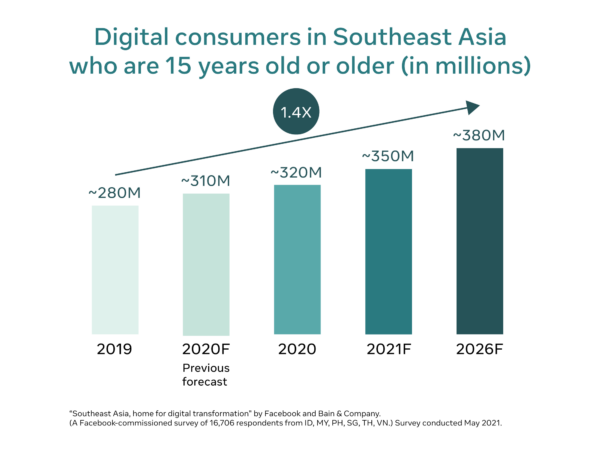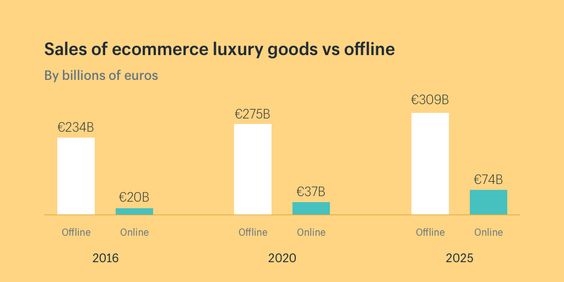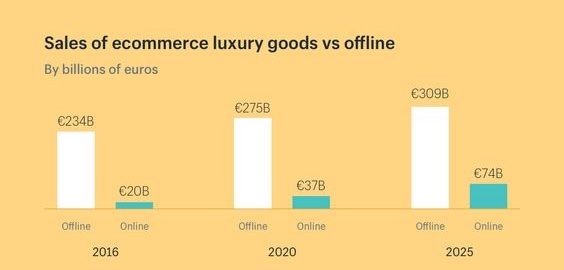Customer shopping habits changed to an extent irrevocably, when the coronavirus crisis arrived. It taught us we could become ill simply by shopping in close proximity to other people. Governments also locked us down and temporarily paused non-essential retail. Traditional customers hesitated for a moment, and then migrated to the digital shopping mall.
Online retail surges significantly in developing countries
United Nations Conference on Trade and Development UNCTAD says the COVID-19 pandemic accelerated digital change. It says the trend has been particularly significant for telemedicine, telework and online education, not to mention keeping social contact alive. However, the agency has also observed e-commerce growth in developing countries where digital technology is available to all.
The key to these development has been, and would likely always be access to digital technology. This applies equally to e-commerce vendors and their digital customers. The cornerstone is the availability of service providers, which is why not all nations are ahead in the trend.
Rates of growth have varied between and within regions, with stronger outcomes in Asia Pacific than Europe, and for developing countries more than developed countries (UNCTAD).
Southeast Asia leads digital transformation in Asia-Pacific
Southeast Asia’s digital economy has grown faster than other expanding markets, including Brazil, China, and India. Facebook Business reported the following indicators of this on August 30, 2021:
- A further 70 million people living in the region became digital customers since the start of the pandemic. By the end of 2021, the region will have a total of 380 million digital consumers.
- An estimated 8 out of 10 of these shoppers will be 15 years of age and above. Facebook Business estimates their average online spend per person will reach US$ 381 by the end of 2021.

Southeast Asia digital consumers increase despite global recession (Facebook Business)
The trend will continue when the pandemic slows, and lockdowns cease
The uptick in e-commerce was evident in developed nations too. Forbes reports this was a lifeline for many small businesses who made commendable efforts to survive. They had to rethink how they were doing business in the light of radically shifted customer needs. Many businesses fast-tracked digital conversion, as they found customers no longer visited their stores.
Organization for Economic Co-operation and Development OECD detected a long-term shift of e-commerce transactions from everyday necessities to luxury goods and services. It saw distinct advantages for its member states, as virtual trading “enhanced social distancing while ensuring that no one is left behind”. In the future, more businesses will meet customers where they are.
The pandemic made a lasting impact on accelerating the preference for e-commerce. As small businesses navigate their way to the new normal, they’ll need to recognize that e-commerce is an expectation customers will have from businesses big and small. (Forbes)
The move from cash to contactless payment will accelerate
Contactless payments are secure financial transactions, where customers release funds from their cards via a payment processing center. This keeps their personal information confidential and does away with the mistrust of e-commerce vendors.
This trend, which accelerated with the pandemic will continue. One in ten millennials were already using their digital wallets for every purchase by 2019, according to Experian. Pew Research confirms 34% of adults under 50 make no purchases at all with cash. Statista envisages this doubling in the next five years.
The trend from mall to e-commerce is a permanent change
2020 witnessed “a giant leap forward for cashless transactions” and this will continue.
- COVID-19 lockdowns added new impetus to e-commerce.
- The pandemic speeded up the move from cash to card.
- New cashless payment options like pay later are booming.
- It is unlikely consumers will revert to cash payments again.
Greater confidence online will translate to more luxury purchases
Statista believes customers of luxury items including apparel, footwear, fragrance and watches will be more willing to trial the new method.
Luxury purchasers will value the opportunity to shop at times that suit them, not during business hours when they are occupied. They have become aware respiratory diseases spread through the air. They no longer want to touch consumer goods unknown shoppers have handled.

Sales of E-commerce Luxury Goods vs. Offline (Shopify)
McKinsey believes demand will tick back for luxury goods, as the pandemic calms down to an everyday experience. However, it warns luxury goods vendors to enhance their websites, accelerate their digital investments, shift media spend to online channels, and consider partnerships with reputable e-tailers.
Put digital at the heart of your operating model, it advises. Increase your investment in your online channel. Step up your personalization efforts in digital marketing. E-commerce in China is attracting new customer segments. We can expect the same in other regions.
Luxury consumers are accustomed to a high standard of service in stores; the emphasis, then, should be on creating a personalized digital experience of the same quality. (McKinsey)
Brick-and-mortar stores shed many customers during the pandemic because they lacked an effective e-commerce presence. Not all of those customers will return in the post-lockdown era. If brick-and-mortar stores want to rekindle their loyalty, then they will have to meet, greet and transact with them in cyberspace.
Digital & Social Articles on Business 2 Community
(44)
Report Post





